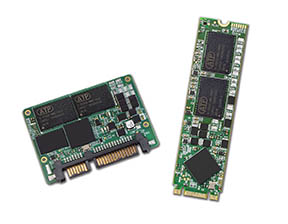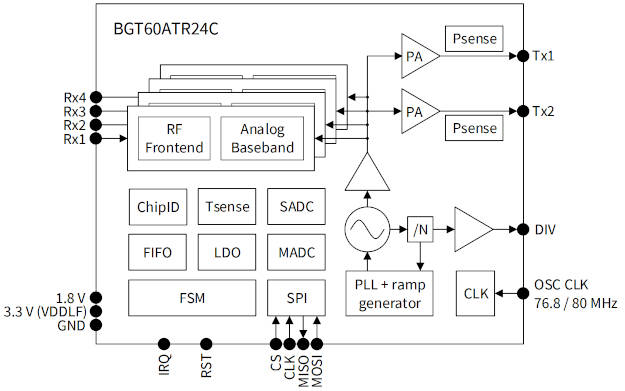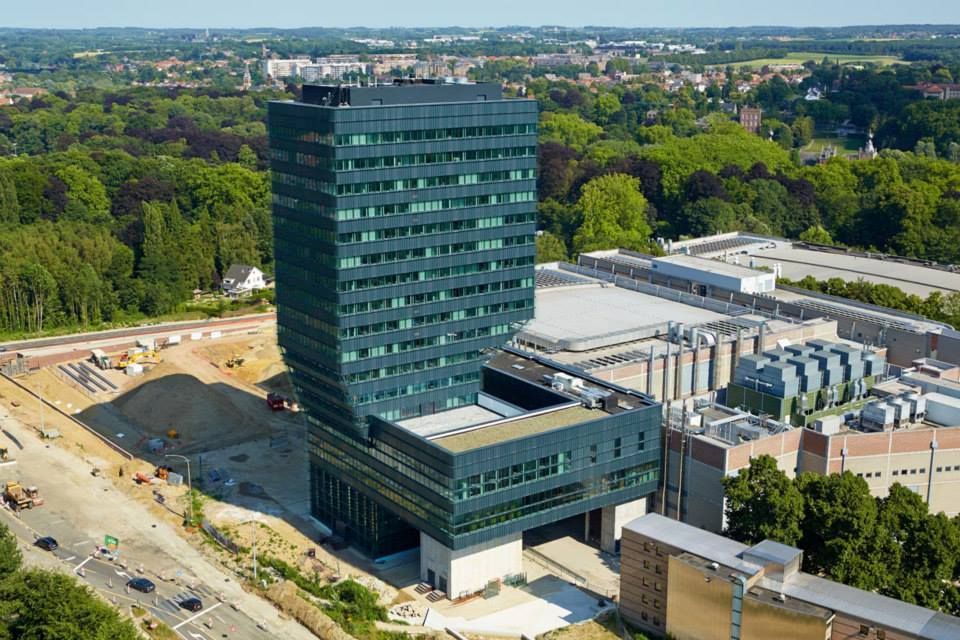
The production ramp-up of China-made memory is opening up new business opportunities for OSATs.
“The stand-alone memory market has been expanding throughout the last two years,” says Yole’s Simone Bertolazzi, “revenue was up 15% and 32% in 2020 and 2021, respectively. Such remarkable growth was made possible by a combination of constrained production and strong demand growth across most market segments.”
This year, DRAM is expected to grow to $118 billion, up 25%. and NAND flash memory is expected to grow 24%to reach US$83 billion.
In the long term, the stand-alone memory market will continue expanding, with a CAGR during 2021-2027 of 8% and is poised to grow to over $260 billion in 2027.
However, cyclicality will remain. Noticeably, the NOR flash market has seen a strong resurgence in 2021. Revenue grew to $3.5 billion, up 43%. This is due to tight market conditions putting upward pressure on prices.
Significant demand growth was driven by multiple applications, including consumer and the IoT , automotive, telecom, and infrastructure.
To sustain memory scaling, new technical solutions are being intensely researched, including CBA architectures such as YMTC’s XtackingTM approach.
Nowadays, all memory manufacturers are carrying out R&D using hybrid bonding equipment.
Major suppliers like Kioxia and Samsung are putting wafer-to-wafer bonding on their NAND roadmaps. In the DRAM business, there is currently a consensus that planar scaling – even through lithography EUV processes – will not be sufficient to provide the required bit-density improvement for the entire next decade.
Hence, monolithic 3D DRAM – the DRAM equivalent of 3D NAND – is being considered by major equipment suppliers and by leading DRAM manufacturers as a potential solution for long-term scaling.
Yole’s analysts believe that this novel 3D technology could make its entry into the market in the 2029-2030 time frame.
High-end smartphones are equipped with superior LPDDR5 memory to support ultra-high-performance camera applications and AI , providing consumers with high-quality images and videos.
LPDDR5 memories have increased transfer speed compared to the previous generation of low-power DRAM memory. LPDDR5 characteristics empower devices to match both consumer needs and technological innovations.







